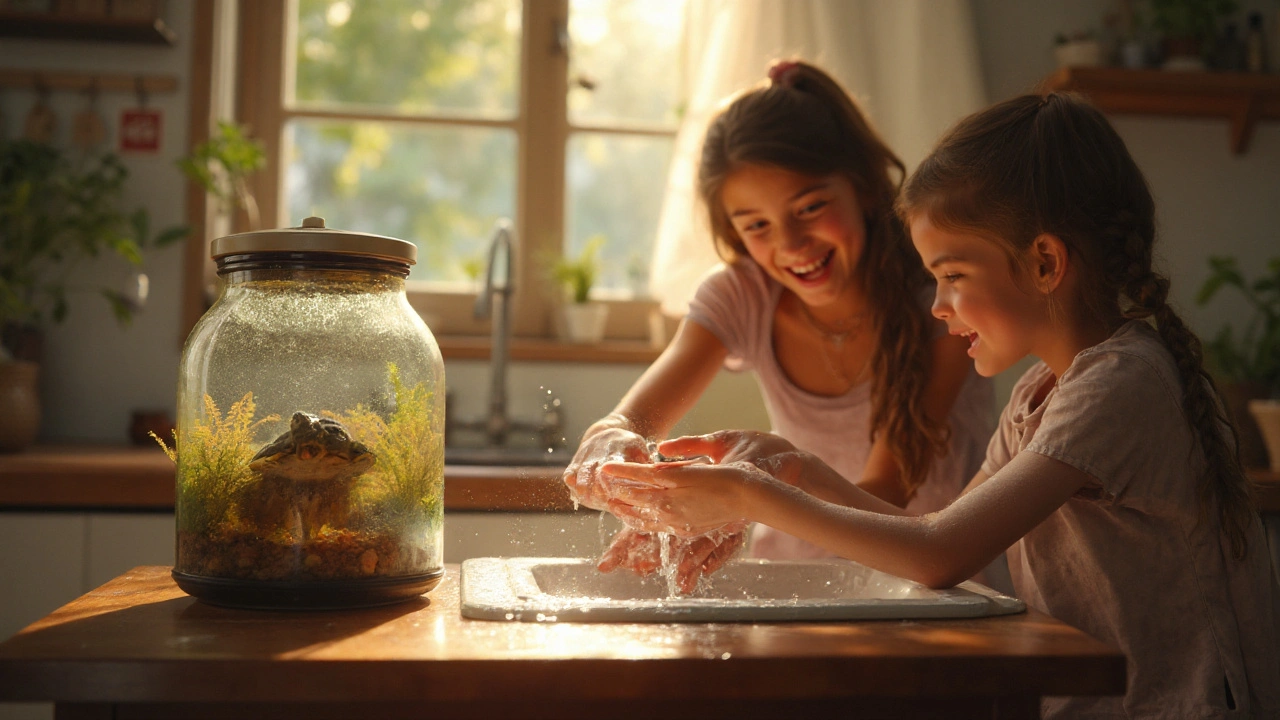Pet Safety Tips: Simple Steps to Keep Your Animals Healthy
Every pet parent wants a happy, healthy companion. The good news is that most accidents happen because we overlook small details. By tightening up a few everyday habits, you can stop most mishaps before they start.
Home Hazards You Can Fix Today
First, scan your floor for loose cords, small objects, and toxic substances. Chewing wires can cause burns or shock, so wrap them with protective covers or tuck them behind furniture. Keep pills, cleaning supplies, and plants out of reach—store them in cabinets with child‑proof locks. If you use essential oils or scented candles, choose pet‑safe options; many scents that smell nice to us are irritating to a cat’s nose.
Next, think about where your pet eats and drinks. Bowls should sit on a non‑slip mat to stop spills that could attract insects. Fresh water is a must, especially in warm weather, so change it daily and clean the container weekly to avoid bacterial growth.
Outdoor Safety: Walks, Trips, and Traveling
When you’re out for a walk, a sturdy leash and a well‑fitted harness keep your dog under control and protect their neck. For cats, a harness and a short leash let them explore safely without the risk of running into traffic. Always check the sidewalk for broken glass, sharp rocks, or toxic plants before letting your pet roam.
Car trips need a bit of planning too. Use a pet carrier or a seat belt harness so your animal doesn’t become a projectile in a sudden stop. Keep the car temperature comfortable—never leave a pet in a parked car, even for a few minutes, because temperatures rise fast.
If you’re visiting a hotel or a friend’s house, ask about pet policies and any known hazards. Some places have hidden cords or unfamiliar foods that could cause trouble.
Pet safety isn’t just about avoiding danger; it’s also about knowing what to do if something goes wrong. Keep a pet first‑aid kit stocked with gauze, tweezers, and a list of emergency numbers. If your animal ingests something suspicious, call a vet right away—don’t wait for symptoms to appear.
Lastly, education is a powerful tool. Teach family members, especially kids, how to approach and handle pets gently. Show them where the pet’s safe zones are and why they shouldn’t pull tails or ears. A well‑informed household reduces stress for both pets and people.
By checking your home, prepping for outings, and staying calm in emergencies, you create a safer world for your furry friends. Small changes add up, and soon you’ll notice fewer close calls and more wagging tails or purring laps. Keep these tips handy, share them with other pet owners, and enjoy a worry‑free life with your companions.
- September 22, 2025
- Comments 19
- Health and Wellness

